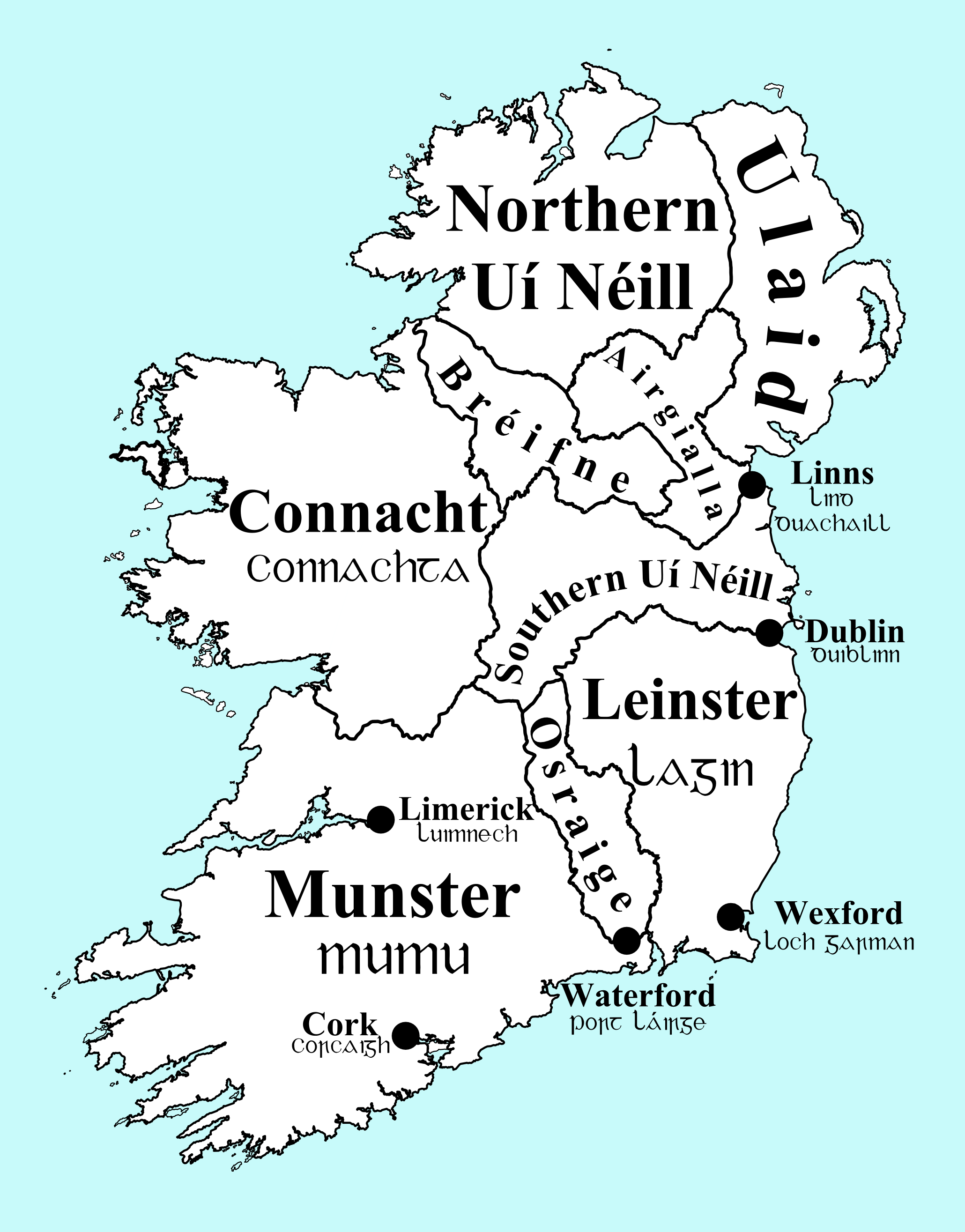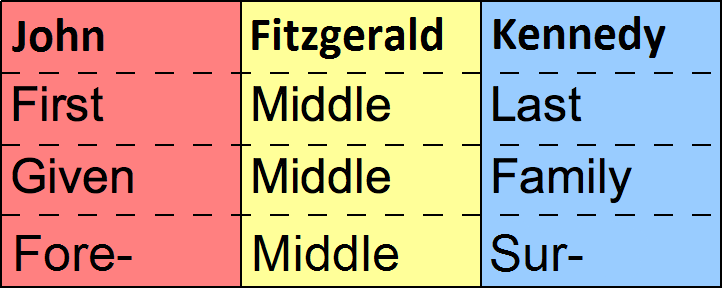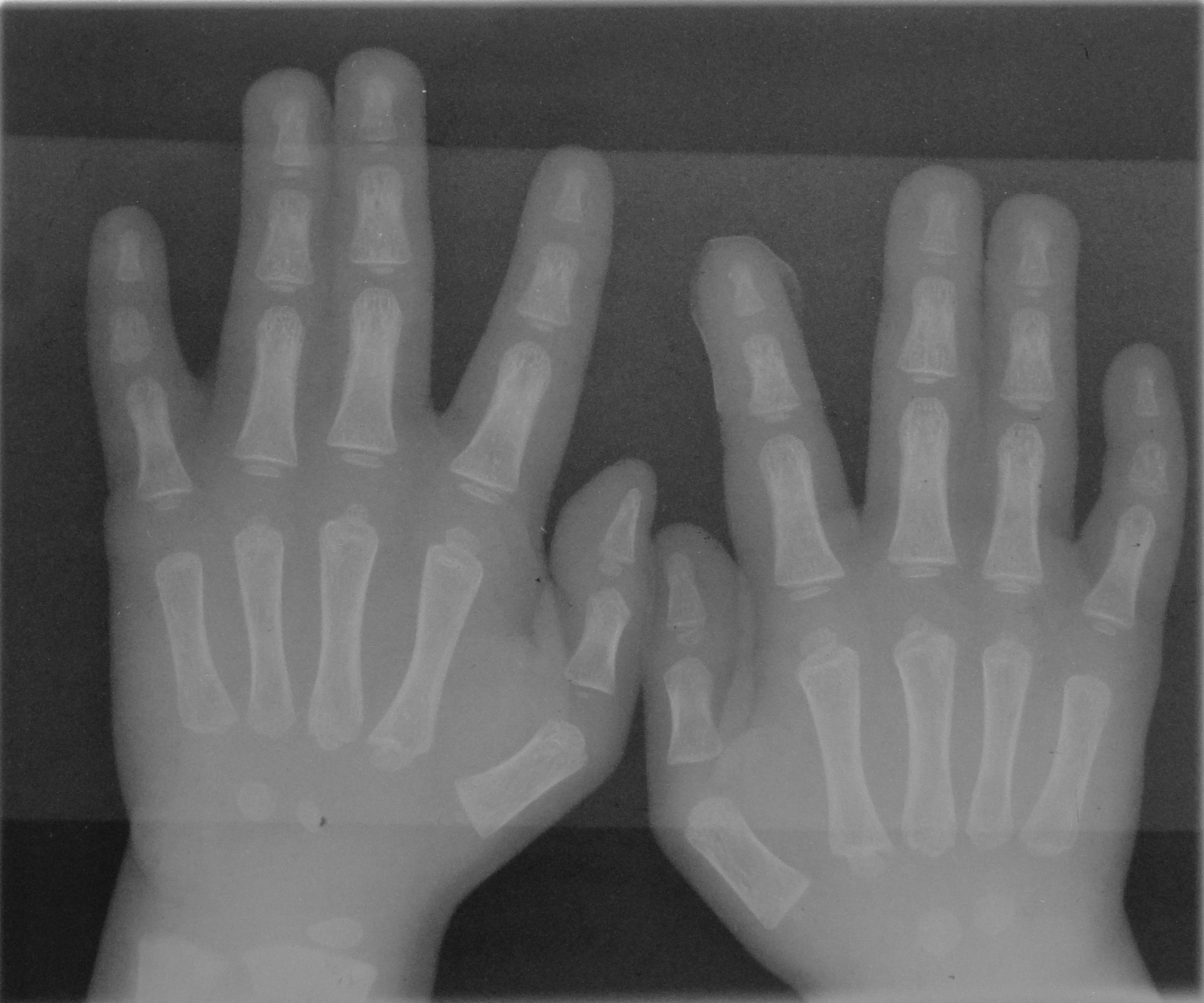|
O'Neill (surname)
O'Neill is an Irish surname derived from the Gaelic ''Ó Néill'' meaning "descendant of Niall". The Uí Néill dynasty were the foremost dynasty of Ulster, and all Ireland, from the 5th century throughout the medieval period, until the Flight of the Earls in 1607 which saw the end of Gaelic Ireland. ''O'Neill'' is one of the most common Irish surnames. Origins The surname O'Neill is an Anglicization of the original Irish ''Ua Néill'', composed of the elements ''ua'', meaning "grandson" or "descendant," and of the Irish name ''Niall''. Niall is a male given name of Irish origin, to mean "champion" (derived from the Old Irish word niadh meaning warrior or champion). The progenitor of the family is said to be Niall Glúndub of the Cenél nEógain; however, his great-grandsons, who lived in the tenth century, would have been the first to use the surname. It is due to the Anglicization of the original Irish that the several spelling variations have emerged, during the tra ... [...More Info...] [...Related Items...] OR: [Wikipedia] [Google] [Baidu] [Amazon] |
Niall Of The Nine Hostages
Niall Noígíallach (; Old Irish "having nine hostages"), or Niall of the Nine Hostages, was a legendary, semi-historical Irish king who was the ancestor of the Uí Néill dynasties that dominated Ireland from the 6th to the 10th centuries. Historical Irish annalistic and chronicle sources place his reign in the late 4th and early 5th centuries, but modern scholars date him about half a century later. Historicity and dates Niall is presumed, based on the importance of his sons and grandsons, to have been a historical person,Francis J. Byrne, ''Irish Kings and High-Kings'', Second Edition, Dublin: Four Courts Press, 2001, but the early Irish annals say little about him. The '' Annals of Inisfallen'' date his death before 382, and the '' Chronicon Scotorum'' to 411.Kathleen Hughes, "The church in Irish society, 400–800, in Dáibhí Ó Cróinín (ed.), ''A New History of Ireland Vol I: Prehistoric and Early Ireland'', Oxford University Press, 2005, pp. 306–308 The later '' ... [...More Info...] [...Related Items...] OR: [Wikipedia] [Google] [Baidu] [Amazon] |
Irish Clans
Irish clans are traditional kinship groups sharing a common surname and heritage and existing in a lineage-based society, originating prior to the 17th century. A clan (or in Irish, plural ) included the chief and his Patrilineality, patrilineal relatives; however, Irish clans also included unrelated clients of the chief. These unrelated clients and their agnatic descendants were ineligible to be elected chief, but nonetheless assumed the name of the leading lineage as a show of allegiance. Beginning in the 8th century, various genealogical collections were compiled purporting to trace the ancestry of these clans. Among them are genealogies in Bodleian_Library,_MS_Rawlinson_B_502, Rawlinson B 502, the Book of Ballymote, the Great_Book_of_Lecan, Book of Lecan, the Leabhar_na_nGenealach, ''Leabhar Mór na nGenealach'' compiled by Dubhaltach MacFhirbisigh, and the Ó Cléirigh Book of Genealogies. In all of these cases, the genealogies listed state the agnatic descent of the chiefs ... [...More Info...] [...Related Items...] OR: [Wikipedia] [Google] [Baidu] [Amazon] |
Surnames Of Irish Origin
In many societies, a surname, family name, or last name is the mostly hereditary portion of one's personal name that indicates one's family. It is typically combined with a given name to form the full name of a person, although several given names and surnames are possible in the full name. In modern times most surnames are hereditary, although in most countries a person has a right to change their name. Depending on culture, the surname may be placed either at the start of a person's name, or at the end. The number of surnames given to an individual also varies: in most cases it is just one, but in Portuguese-speaking countries and many Spanish-speaking countries, two surnames (one inherited from the mother and another from the father) are used for legal purposes. Depending on culture, not all members of a family unit are required to have identical surnames. In some countries, surnames are modified depending on gender and family membership status of a person. Compound sur ... [...More Info...] [...Related Items...] OR: [Wikipedia] [Google] [Baidu] [Amazon] |
English-language Surnames
English is a West Germanic language that developed in early medieval England and has since become a global lingua franca. The namesake of the language is the Angles, one of the Germanic peoples that migrated to Britain after its Roman occupiers left. English is the most spoken language in the world, primarily due to the global influences of the former British Empire (succeeded by the Commonwealth of Nations) and the United States. English is the third-most spoken native language, after Mandarin Chinese and Spanish; it is also the most widely learned second language in the world, with more second-language speakers than native speakers. English is either the official language or one of the official languages in 57 sovereign states and 30 dependent territories, making it the most geographically widespread language in the world. In the United Kingdom, the United States, Australia, and New Zealand, it is the dominant language for historical reasons without being explicitl ... [...More Info...] [...Related Items...] OR: [Wikipedia] [Google] [Baidu] [Amazon] |
Surnames
In many societies, a surname, family name, or last name is the mostly hereditary portion of one's personal name that indicates one's family. It is typically combined with a given name to form the full name of a person, although several given names and surnames are possible in the full name. In modern times most surnames are hereditary, although in most countries a person has a right to change their name. Depending on culture, the surname may be placed either at the start of a person's name, or at the end. The number of surnames given to an individual also varies: in most cases it is just one, but in Portuguese-speaking countries and many Spanish-speaking countries, two surnames (one inherited from the mother and another from the father) are used for legal purposes. Depending on culture, not all members of a family unit are required to have identical surnames. In some countries, surnames are modified depending on gender and family membership status of a person. Compound sur ... [...More Info...] [...Related Items...] OR: [Wikipedia] [Google] [Baidu] [Amazon] |
O'Neill (other)
The O'Neill dynasty is a lineage of Irish Gaelic origin. O'Neill, Ó Néill, O'Neil, O'Neal, or Uí Néill may also refer to: People Surnames *Uí Néill, for information on the Ui Neill dynasty *O'Neill (surname), including surname origins and information ** List of people with the surname O'Neill, including O'Neal, O'Neil, and other variations * The O'Neill Brothers, an American instrumental duo Noble titles * Baron O'Neill, a title in the Peerage of the United Kingdom * O'Neill baronets, two in the Baronetage of Ireland, and one in the Baronetage of the United Kingdom *Viscount O'Neill, a title in the Peerage of Ireland Places Australia * O'Neill's Adventureland, an amusement park in Edmondson Park, New South Wales Canada * Archbishop M.C. O'Neill High School, Regina, Saskatchewan * O'Neill Collegiate and Vocational Institute, Oshawa, Ontario United States * O'Neal Island, San Juan Islands of Washington * Buckey O'Neill Cabin, a cabin * Eugene O'Neill National Historic Site, ... [...More Info...] [...Related Items...] OR: [Wikipedia] [Google] [Baidu] [Amazon] |
Cliché
A cliché ( or ; ) is a saying, idea, or element of an artistic work that has become overused to the point of losing its original meaning, novelty, or literal and figurative language, figurative or artistic power, even to the point of now being bland or uninteresting. In phraseology, the term has taken on a more technical meaning, referring to an Phraseme#Clichés, expression imposed by conventionalized linguistic usage. The term, which is typically pejorative, is often used in modern culture for an action or idea that is expected or predictable, based on a prior event. Clichés may or may not be true. Some are stereotypes, but some are simply truisms and facts. Clichés often are employed for comedy, comedic effect, typically in fiction. Most phrases now considered clichéd originally were regarded as striking but have lost their force through overuse. The French poet Gérard de Nerval once said, "The first man who compared woman to a rose was a poet, the second, an imbecile." ... [...More Info...] [...Related Items...] OR: [Wikipedia] [Google] [Baidu] [Amazon] |
Northern Ireland
Northern Ireland ( ; ) is a Countries of the United Kingdom, part of the United Kingdom in the north-east of the island of Ireland. It has been #Descriptions, variously described as a country, province or region. Northern Ireland shares Republic of Ireland–United Kingdom border, an open border to the south and west with the Republic of Ireland. At the 2021 United Kingdom census, 2021 census, its population was 1,903,175, making up around 3% of the Demographics of the United Kingdom#Population, UK's population and 27% of the population on the island of Ireland#Demographics, Ireland. The Northern Ireland Assembly, established by the Northern Ireland Act 1998, holds responsibility for a range of Devolution, devolved policy matters, while other areas are reserved for the Government of the United Kingdom, UK Government. The government of Northern Ireland cooperates with the government of Ireland in several areas under the terms of the Good Friday Agreement. The Republic of Ireland ... [...More Info...] [...Related Items...] OR: [Wikipedia] [Google] [Baidu] [Amazon] |
Finger
A finger is a prominent digit (anatomy), digit on the forelimbs of most tetrapod vertebrate animals, especially those with prehensile extremities (i.e. hands) such as humans and other primates. Most tetrapods have five digits (dactyly, pentadactyly),#Cha1998, Chambers 1998 p. 603#OxfIll, Oxford Illustrated pp. 311, 380 and short digits (i.e. significantly shorter than the metacarpal/metatarsals) are typically referred to as toes, while those that are notably elongated are called fingers. In humans, the fingers are flexibly joint, articulated and opposable, serving as an important organ of somatosensory, tactile sensation and fine motor skill, fine movements, which are crucial to the dexterity of the hands and the ability to grasp and object manipulation, manipulate objects. Land vertebrate fingers As terrestrial vertebrates were evolution, evolved from lobe-finned fish, their forelimbs are phylogeny, phylogenetically equivalent to the pectoral fins of fish. Within the taxon, ... [...More Info...] [...Related Items...] OR: [Wikipedia] [Google] [Baidu] [Amazon] |
Hand
A hand is a prehensile, multi-fingered appendage located at the end of the forearm or forelimb of primates such as humans, chimpanzees, monkeys, and lemurs. A few other vertebrates such as the Koala#Characteristics, koala (which has two thumb#Opposition and apposition, opposable thumbs on each "hand" and fingerprints extremely similar to human fingerprints) are often described as having "hands" instead of paws on their front limbs. The raccoon is usually described as having "hands" though opposable thumbs are lacking. Some evolutionary anatomists use the term ''hand'' to refer to the appendage of digits on the forelimb more generally—for example, in the context of whether the three Digit (anatomy), digits of the bird hand involved the same Homology (biology), homologous loss of two digits as in the dinosaur hand. The human hand usually has five digits: Finger numbering#Four-finger system, four fingers plus one thumb; however, these are often referred to collectively as Finger ... [...More Info...] [...Related Items...] OR: [Wikipedia] [Google] [Baidu] [Amazon] |
Wrist
In human anatomy, the wrist is variously defined as (1) the carpus or carpal bones, the complex of eight bones forming the proximal skeletal segment of the hand; "The wrist contains eight bones, roughly aligned in two rows, known as the carpal bones." (2) the wrist joint or radiocarpal joint, the joint between the radius and the carpus and; (3) the anatomical region surrounding the carpus including the distal parts of the bones of the forearm and the proximal parts of the metacarpus or five metacarpal bones and the series of joints between these bones, thus referred to as ''wrist joints''. "With the large number of bones composing the wrist (ulna, radius, eight carpas, and five metacarpals), it makes sense that there are many, many joints that make up the structure known as the wrist." This region also includes the carpal tunnel, the anatomical snuff box, bracelet lines, the flexor retinaculum, and the extensor retinaculum. As a consequence of these various definitions, f ... [...More Info...] [...Related Items...] OR: [Wikipedia] [Google] [Baidu] [Amazon] |
Hand
A hand is a prehensile, multi-fingered appendage located at the end of the forearm or forelimb of primates such as humans, chimpanzees, monkeys, and lemurs. A few other vertebrates such as the Koala#Characteristics, koala (which has two thumb#Opposition and apposition, opposable thumbs on each "hand" and fingerprints extremely similar to human fingerprints) are often described as having "hands" instead of paws on their front limbs. The raccoon is usually described as having "hands" though opposable thumbs are lacking. Some evolutionary anatomists use the term ''hand'' to refer to the appendage of digits on the forelimb more generally—for example, in the context of whether the three Digit (anatomy), digits of the bird hand involved the same Homology (biology), homologous loss of two digits as in the dinosaur hand. The human hand usually has five digits: Finger numbering#Four-finger system, four fingers plus one thumb; however, these are often referred to collectively as Finger ... [...More Info...] [...Related Items...] OR: [Wikipedia] [Google] [Baidu] [Amazon] |






